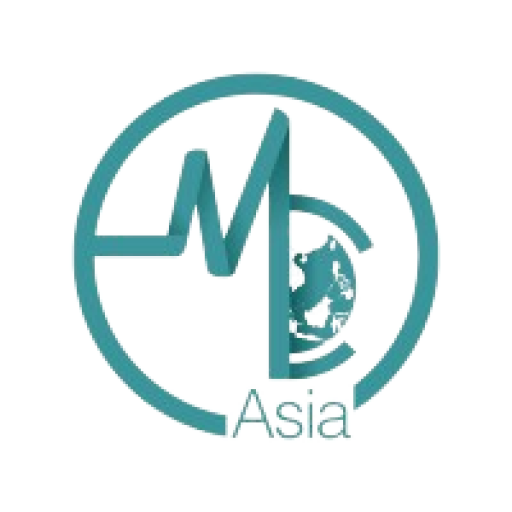

Hello,
Sign up to join our community!


Sign up to join our community!


Please sign in to your account!


Lost your password? Please enter your email address. You will receive a link and will create a new password via email.
Please briefly explain why you feel this question should be reported.
Please briefly explain why you feel this answer should be reported.
Please briefly explain why you feel this user should be reported.
Correcting my eyesight
Hello! I’m Dr Petrina, Senior Consultant Opthalmologist at Eagle Aesthetics & Surgery. I specialise in Oculofacial Plastic Surgery. Refractive surgery can be broadly catergorised into two ways: 1) Laser procedures that flatten the cornea, and 2) Implantable contact lens (nothing to do with the cRead more
Hello! I’m Dr Petrina, Senior Consultant Opthalmologist at Eagle Aesthetics & Surgery. I specialise in Oculofacial Plastic Surgery.
Refractive surgery can be broadly catergorised into two ways: 1) Laser procedures that flatten the cornea, and 2) Implantable contact lens (nothing to do with the cornea). Here is an overview of LASIK procedures & implantable contact lens.
For laser procedures that work on the cornea, these include PRK / EPILASIK, FEMTOLASIK, SMILE. Because these procedures work on the cornea, dry eyes is a by-product and side effect. Some patients do better after the first month but some patients may need constant lubricant eyedrops even after some time. Prior to refractive surgery like LASIK, we will screen our patients for dry eyes.
On the other hand, implantable contact lens (ICL) procedure has no lasering of the cornea and thus no problems with dry eyes. It is highly recommended for patients with high degrees of shortsightedness (like yourself) as we preserve as much cornea as we can.
If you have any concerns about your options for shortsightedness, feel free to reach out for more information. Happy to help answer any more questions!
Dr Petrina Tan
Senior Consultant Opthalmologist
Eagle Aesthetics & Surgery, Eagle Eye Centre
Instagram: @drpetrina_eyedoc
The information provided on this forum is for educational purposes only and not intended as medical advice. Please consult a healthcare provider for any medical concerns, diagnosis or treatment.
See lessEyelid drooping after nerve damage
Hello! I'm Dr Petrina, Senior Consultant Opthalmologist at Eagle Aesthetics & Surgery. I specialise in Oculofacial Plastic Surgery (which includes droopy eyelid surgery) The muscle that helps us to open our eyelids is called the levator muscle. This muscle is supplied by a nerve and this may beRead more
Hello! I’m Dr Petrina, Senior Consultant Opthalmologist at Eagle Aesthetics & Surgery. I specialise in Oculofacial Plastic Surgery (which includes droopy eyelid surgery)
The muscle that helps us to open our eyelids is called the levator muscle. This muscle is supplied by a nerve and this may be the nerve that has been injured in the car accident. Due to this, the muscle does not work so well . However with time, the disuse of the levator muscle has also caused it to weaken further thus causing more of the eyelid droop.
Eyelid surgery to correct droopy eyelids is very manageable. To calm patients’ anxiety, we can have our anaesthetist to give some sedation at the start of the surgery . We will then do a small injection of local anaesthetic (but you won’t feel it at all because youre sedated) and we start the eyelid surgery. Your eyes are closed so you won’t be seeing any part of the surgery. After about 40 minutes, we will wake you up gently and ask that you help us open your eyes so that we can check that both eyes are symmetrical. Once we are happy with the results of the eyelid surgery, our anaesthetist will let you go back to your sleep and we close up the eyelid wound to complete the procedure.
If you have any concerns about the procedure, feel free to reach out for more information. Happy to help answer any more questions!
Dr Petrina Tan
Senior Consultant Opthalmologist
Eagle Aesthetics & Surgery
Instagram: @drpetrina_eyedoc
The information provided on this forum is for educational purposes only and not intended as medical advice. Please consult a healthcare provider for any medical concerns, diagnosis or treatment.
See less